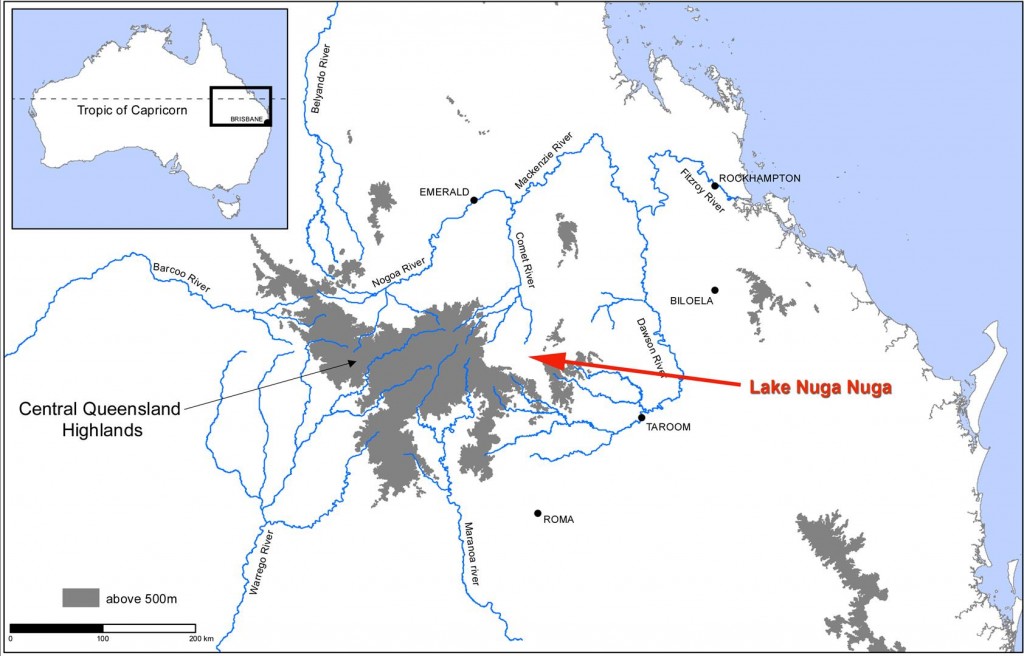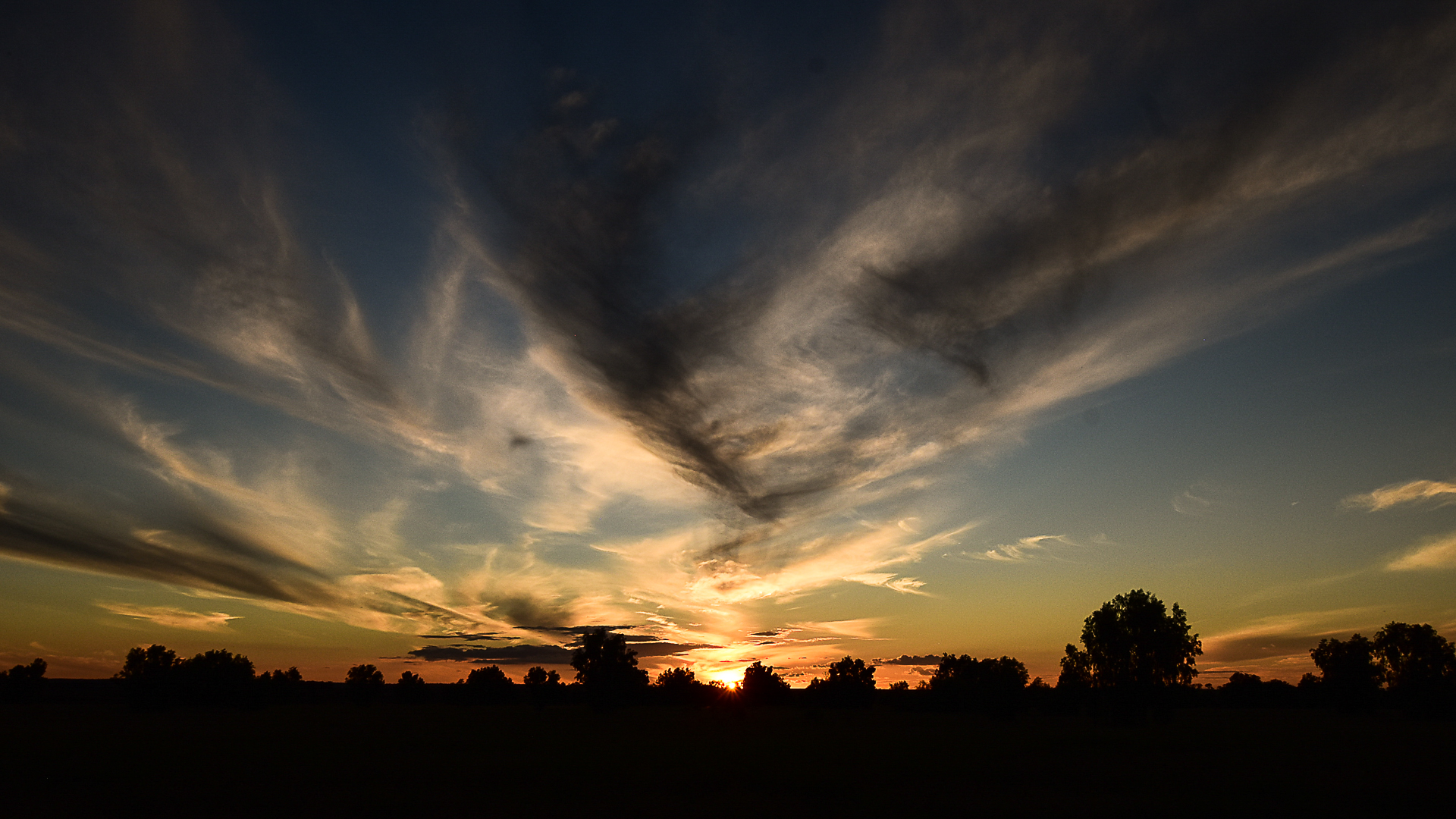Last week I saw a video, a 15 minute talk by Sebastian Terry (see below). As stated by Sebastian Terry during this video, 100 things is not about a bucket list but about a journey. And, this has given me a lot to think about.
Everyone, no matter who you are, will have on thing (or more) that they want to do before they die. Some even have a list of things that they want to do. But, how many can say that they have achieved these goals?
In 2009, after the death of a close friend, Sebastian Terry came to realise that he had not yet achieved many of the goals on his bucket list. So, he made a list of 100 things and began ticking them off. This list was the start of his journey to prove that anything is possible – including: marrying a stranger in Las Vegas, helping to push a man in a wheelchair for a half marathon to raising $100,000.00 for Canteen. You can check out Sebastian Terry’s list here.
Have you ever thought about creating your own list of 100 things?
As everyone has different wants, needs and expectations for their life, every single person will have a list that is uniquely theirs. I personally found it difficult to sit and write 100 things I want to do in one sitting, purely due to trying to way things up in my own head to see if they were good enough to be on the list. However, I came to realise that no matter what it is, it is what I want to achieve or experience and, therefore, there are no wrong answers.
My 100 things (so far):
- See Orcas in the wild;
- Travel through New Zealand;
- Travel to Antarctica;
- Work in Antarctica;
- Travel through Europe;
- Complete a PhD;
- See the Southern Lights;
- See the Northern Lights;
- Visit all Disney theme parks;
- Dive Ningaloo Reef;
- Dive with a Whale Shark;
- Dive with Whales;
- Visit the Daintree Rainforest;
- Live and work overseas;
- Travel through Africa;
- Have a photograph published by National Geographic;
- Meet Jason Edwards (National Geographic Photographer);
- Meet Paul Nicklin (National Geographic Photographer);
- Meet Sir David Attenborough;
- Visit the Louve;
- Write a book;
- Publish a photography book;
- See a Spirit Bear in the wild;
- Have one of my photographs included in an exhibition;
- Finish this list!
I know that this list isn’t finished, but I know that I will continue to add to my list as I experience new people, places and things. Tell me about your list – let’s see if there are any items that we may be able to do together (we all love a good challenge).
So what happens when the list is finished?
I honestly have no idea, and it seems that Sebastian Terry has the same view. There will always been developments along your journey to completing your list, you will see something that triggers you to want to see more, you will meet someone who may inspire your to do something new or give back in a different way. You never know what may happen, so why not continue to keep adding to your list until you run out of goals/achievements/things you want to complete.
Call to action:
I challenge each of you to think about and develop your own list of 100 things. Share them with me, with your friends and family. Get out there and start ticking your goals off your list.
xoxo C









